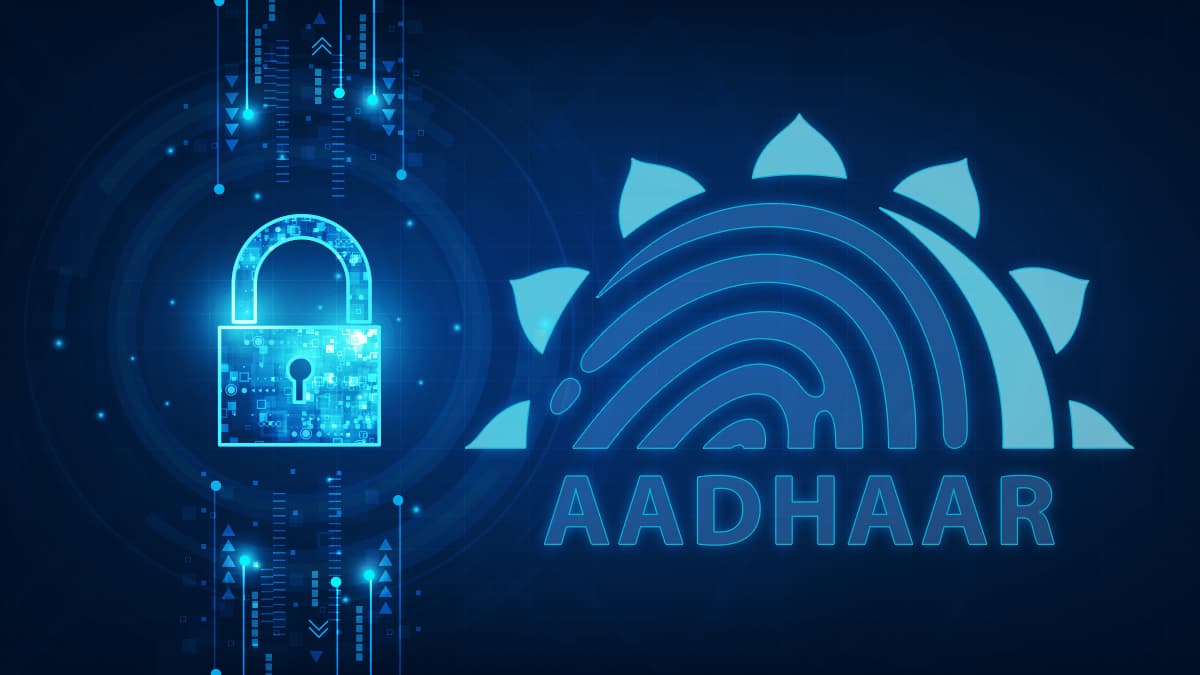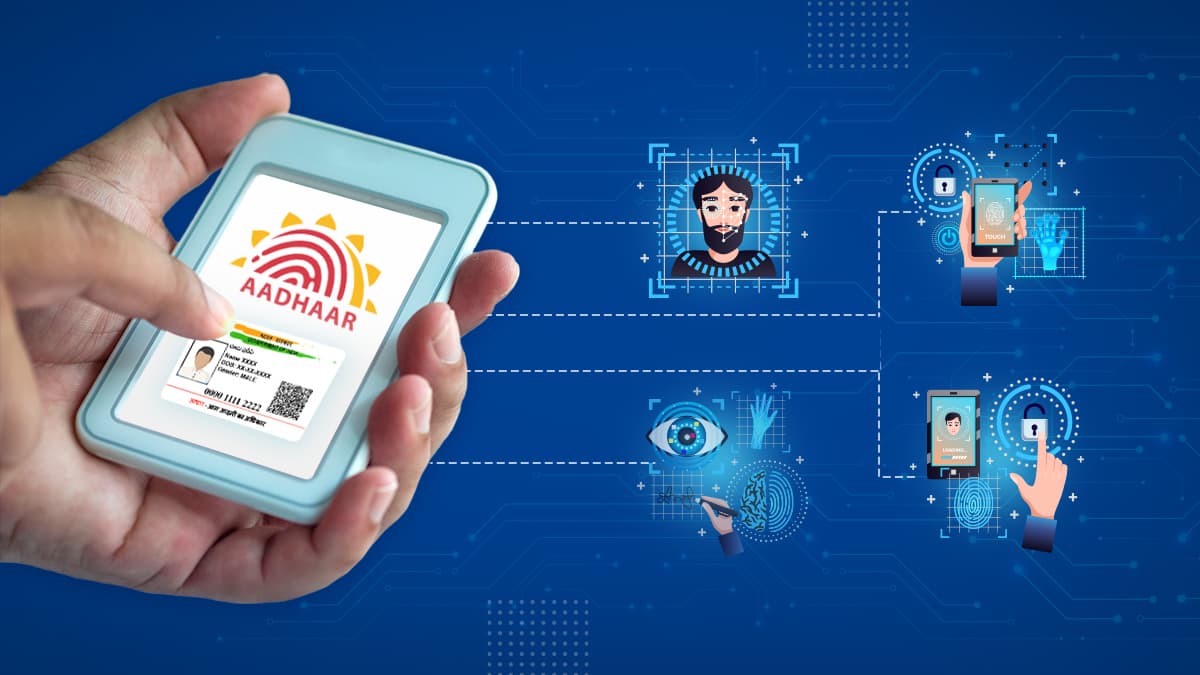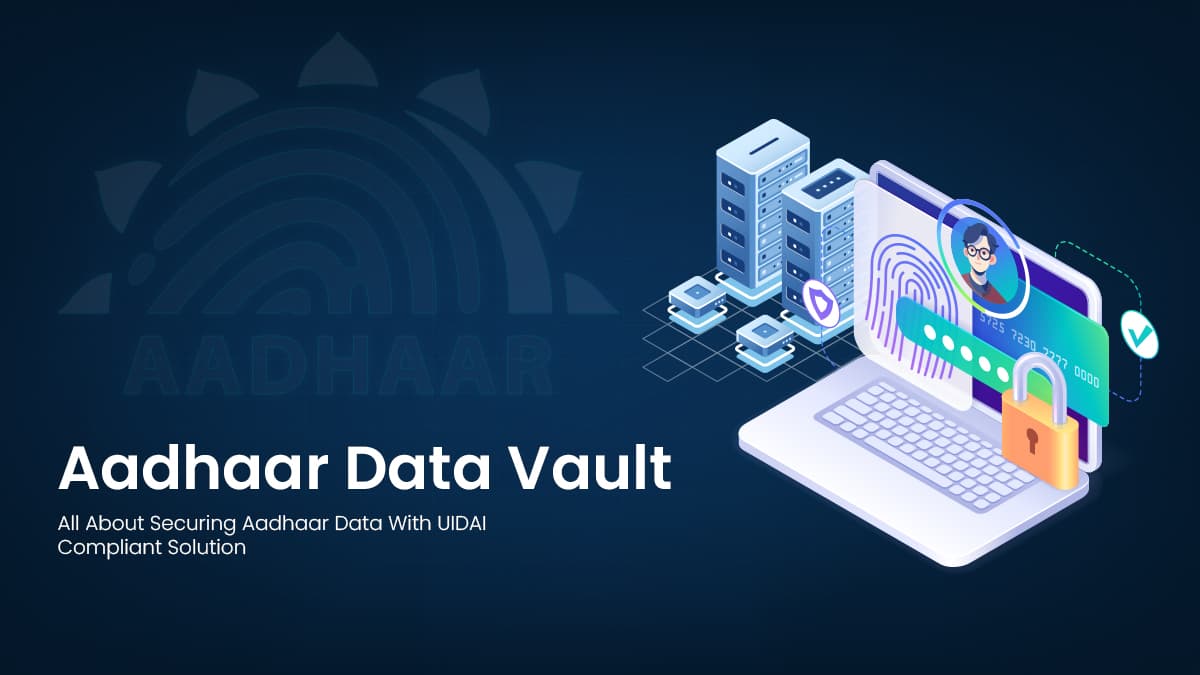The Data Paradox in Governance
Across sectors, India’s governance apparatus is generating unprecedented volumes of data, driven by expanding welfare schemes and digital reporting systems. Each housing project, health scheme, or social program adds to this flow. Yet, as NITI Aayog’s Future Front warns, flaws in reporting, whether duplication or inconsistency, inflate welfare spending by 4–7% annually, draining resources and eroding trust. The message is clear: data alone does not deliver better governance; it must be reliable and actionable.
.jpg)
Introducing AMP: From Data Collection to Accountability
Chhattisgarh has been steadily advancing its public service delivery, improving housing, healthcare, and social welfare access through digital initiatives that have reduced delays and improved transparency. However, as the number of schemes expanded, so did the complexity of monitoring them effectively. To bring discipline, transparency, and real-time accountability into its performance tracking framework, the state introduced the Atal Monitoring Portal (AMP), developed in partnership with CSM Tech.
Far more than a dashboard, AMP is a governance framework that consolidates departmental data into a single, validated, and decision-ready picture. For administrators and citizens alike, it changes the question from “Do we have the data?” to “Can we rely on it?”
Performance with Discipline: The 30:70 Model
One of AMP’s defining features is its composite scoring system: 70% weightage on Key Performance Indicators (KPIs) and 30% on the Data Quality Index (DQI). By giving nearly, a third of the score to timeliness, accuracy, and completeness of reporting, the system ensures that outcomes cannot be showcased without accountability in how they are reported. For departments, this means reporting rigor is no longer optional; for leadership, it creates confidence that every figure reviewed in meetings is grounded in reliable submissions.
Rankings and Flagship Priorities
AMP brings this scoring to life through monthly rankings of schemes and districts. Imagine a district that achieves its targets but delays submissions, its ranking drops, making gaps impossible to hide. Conversely, districts that maintain discipline rise in the charts. This dynamic not only motivates departments but also gives state leadership a sharper view of what is working. Flagship programs are specially tagged to ensure high-impact schemes, from health coverage to social welfare, are monitored with priority, keeping the government’s biggest promises in focus.
.jpg)
A Toolkit for Smarter Reviews
The real strength of AMP is visible in how it reshapes review forums. The Scheme Profile View gives leaders a one-stop snapshot of every program, its indicators, timelines, officers, and trends, removing the clutter of scattered reports. Meanwhile, the Booklet Generation feature produces export-ready summaries, turning review meetings into structured discussions backed by evidence. Add to this a base of 36+ integrated data sources and 88 standardized KPIs, and you get a governance tool that is both wide in coverage and deep in insight.
Real-Time Insight, Transparent Action
With over twenty schemes integrated through APIs, AMP keeps data flows live and reduces dependence on manual uploads. Its drill-down dashboards allow leaders to move from the state picture down to block-level trends in a few clicks. Every score is transparent, administrators can see which data points contributed, which ones did not, and why. That visibility is not just about better reviews; it is about building accountability into the system itself.
A New Benchmark for Digital Governance
AMP has proven that dashboards can be more than passive displays. By enforcing discipline, encouraging competition, and making accountability measurable, it ensures that governance in Chhattisgarh is proactive rather than reactive. For departments, it builds rigor; for leadership, it provides clarity; and for citizens, it translates into services that are better monitored and more transparently delivered.
In an era where data is abundant but trust is scarce, AMP sets a benchmark: a monitoring system that measures not just what gets done, but how faithfully it is reported. That shift, from numbers on paper to accountability in practice, is what makes AMP a true model for digital governance.









































We will verify and publish your comment soon.